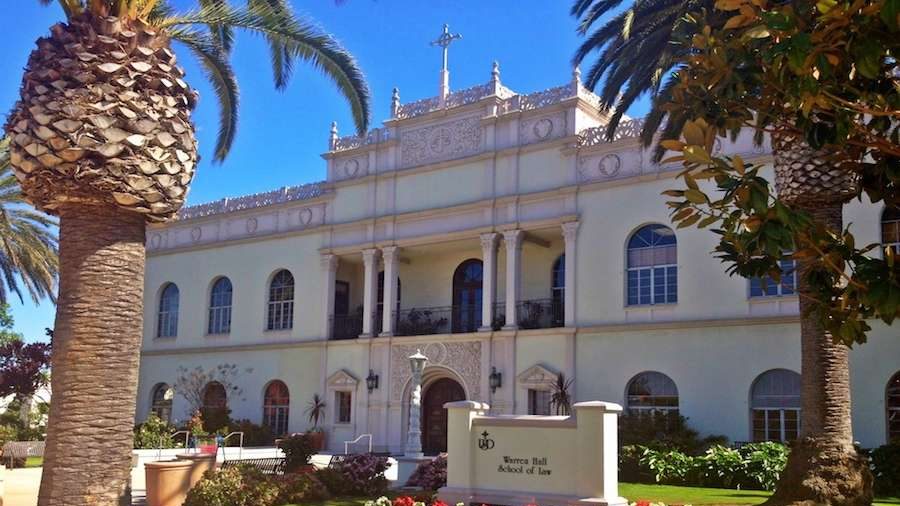A California Catholic university has placed a statue of St. Junípero Serra in storage after at least three statues of the saint have been toppled by protestors in the state.
“In response to a statement from Archbishop Gomez, an outdoor statue of St. Junípero Serra on the University of San Diego campus was moved to temporary storage after several outdoor statues of the saint have been damaged in California,” a spokesman for the University of San Diego told CNA July 14.
The university referenced a June 29 letter from Archbishop José H. Gomez of Los Angeles, who wrote that while “those attacking St. Junípero’s good name and vandalizing his memorials do not know his true character or the actual historical record,” increased security precautions meant that some California churches would “probably have to relocate some statues to our beloved saint or risk their desecration.”
Public statues of the saint were in June toppled in Los Angeles and San Francisco, and on July 4, a statue of Serra on the grounds of California’s state capitol in Sacramento was torn down, burned, and beaten with sledgehammers.
“The sad truth is that, beginning decades ago, activists started ‘revising’ history to make St. Junípero the focus of all the abuses committed against California’s indigenous peoples,” Gomez wrote in his June 29 letter.
“But the crimes and abuses that our saint is blamed for — slanders that are spread widely today over the internet and sometimes repeated by public figures — actually happened long after his death.”
For its part, the University of San Diego told CNA that although he “has become a touchstone for past cruelties to the indigenous peoples of California...St. Serra, America’s first Hispanic saint and missionary who brought Christianity to these lands, worked tirelessly to eliminate oppression that was clearly a part of the mission era.”
Serra was also a founder of the city of San Diego itself. In 1769, the Mission San Diego de Alcalá was founded by Franciscan missionaries led by Serra; the city grew up around that mission.
The university told CNA that it had in the last year “addressed some of the issues surrounding the recognition of injustice to Native Americans and in the mission era.” In April, the university renamed a campus building - Serra Hall - as “Saints Kateri Tekawitha and Junípero Serra Hall.” St. Kateri Tekakwitha, a convert to Catholicism who died at 24 in 1680, is the first Native American to be canonized a saint.
In an April 17 letter, the university’s president wrote that “it is hoped that by placing these two Catholic saints together, we will recognize that indigenous peoples preceded the Catholic missionaries who settled here. It is also meant to encourage continued dialogue on the important topics of colonialization, the spread of the Catholic faith and the impact both had on Native American populations.”
A university spokesman told CNA the college had commissioned and hung tapestries of Saints Serra and Tekawitha, and hung them in the newly renamed hall.
Also in April, the university announced that it would rename a campus building to Mata'yuum, a word which means “gathering place” in the language of the Kumeyaay people native to Southern California. At the same time, the university said it would name campus plazas for St. Teresa of Calcutta and Venerable Francis Cardinal Xavier Nguyễn Văn Thuận, both of whom had visited the University of San Diego, and would work to strengthen its relationship with Missionaries of Charity working in nearby Tijuana, Mexico.
The University of San Diego was founded in 1949 by then San Diego Bishop Charles Buddy and Mother Rosalie Hill, RSCJ, of the Society of the Sacred Heart of Jesus. A Catholic university, it is now administered by a lay board on which San Diego’s bishop sits.
News that the university’s Serra statue was moved comes days after California’s San Gabriel Mission, founded by the saint, caught fire and burned Saturday night. Federal and local authorities are investigating the possibility of arson.

